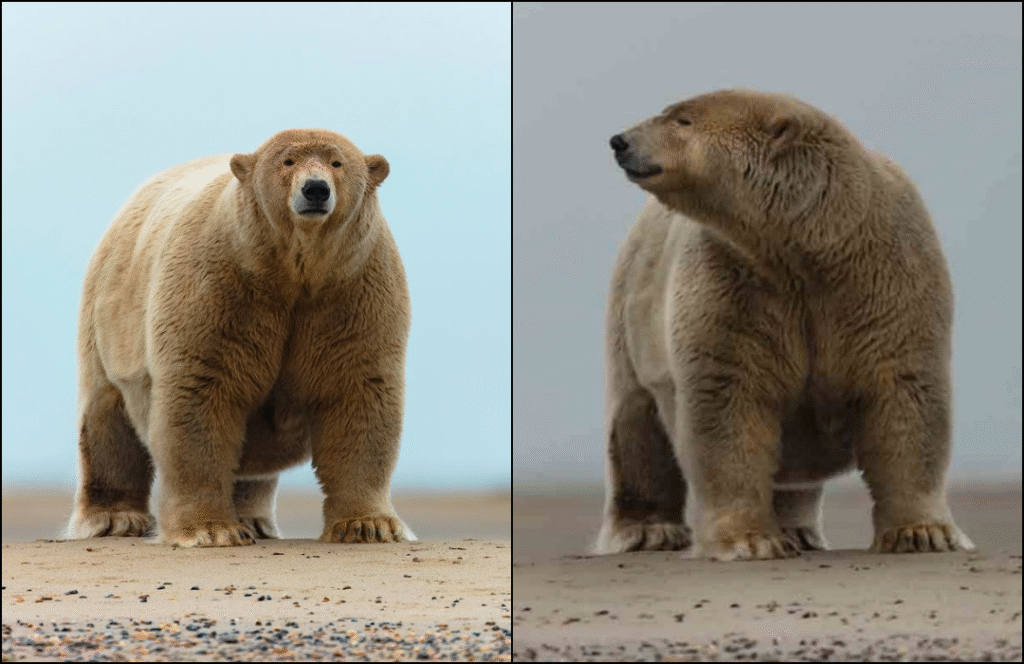This is definitely not AI because this photograph was taken way back in the 2020s, when a tiny Arctic community of Kaktovik, Alaska became internet-famous for one very big reason — literally. Wildlife photographer Edward Boudreau managed to capture the moment a truly oversized polar bear lumbered into view. This roly poly fatty of a polar bear was named ‘FAT ALBERT’ by locals in Katovik, Alaska, USA. For the community, he was a regular feature, but the rest of the world only met him through those candid snapshots. With his round belly and happy-go-lucky swagger, Albert instantly became an Arctic celebrity, proving that sometimes the camera does add ten pounds… even when you’re already pushing 1,500.
Why Is He So Big?
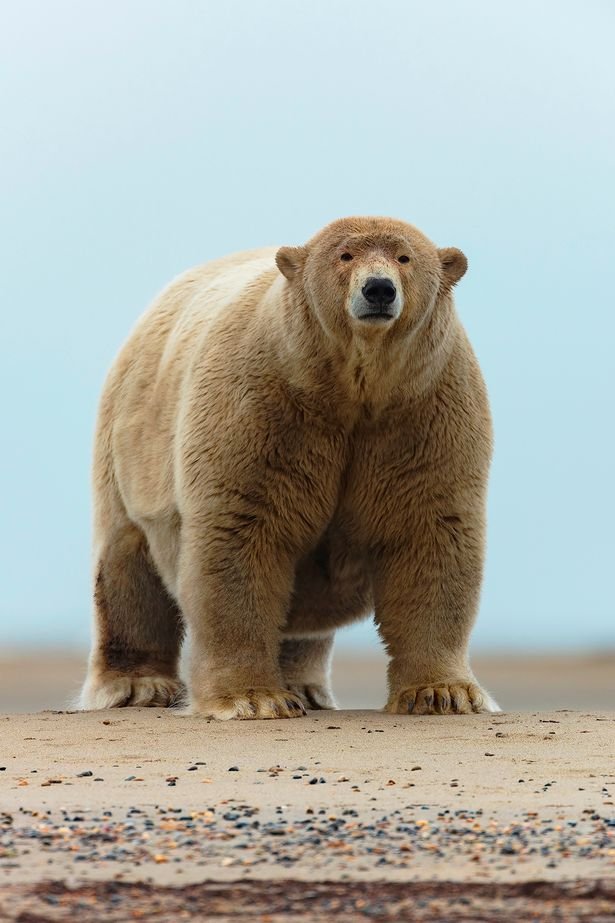
Here’s the scoop: while the average polar bear weighs around 450 kilograms (1,000 pounds), Fat Albert tipped the scales at nearly 680 kilograms (1,500 pounds). That’s the kind of size that makes you do a double-take. But Albert didn’t bulk up on seals alone. In Kaktovik, villagers have a long tradition — after a whale harvest, they drag the leftover blubber and meat about four miles out of town. It’s a cultural practice that shows respect to the animals and also keeps bears from wandering dangerously close to homes. For Albert, this setup was like stumbling across a 24-hour buffet that never closes.
Fat Bears and Arctic Tradition
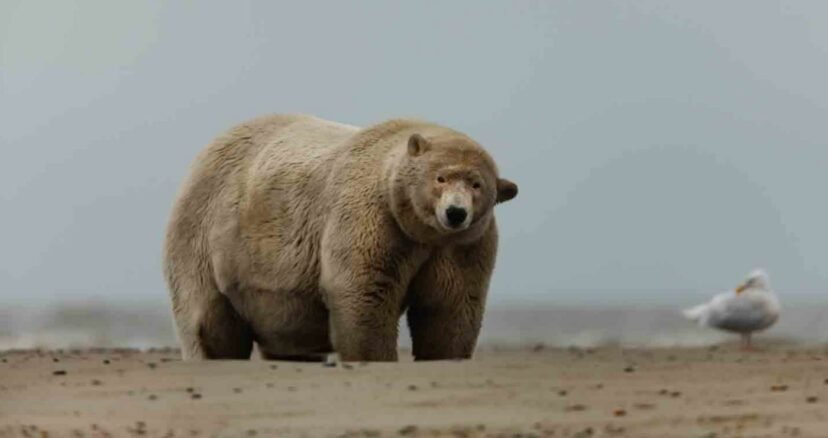
What makes this story special is how culture and wildlife management intertwine. For hundreds of years, the people of Kaktovik have lived alongside polar bears, and they’ve learned that sharing the leftovers of their whale hunts keeps everyone safe. Most bears benefit from this arrangement, but Albert took it to the next level. While other polar bears slimmed down in tough years of thinning ice and scarce hunting opportunities, he just kept growing — the fluffy definition of “well-fed.”
Not the Biggest, But the Most Beloved
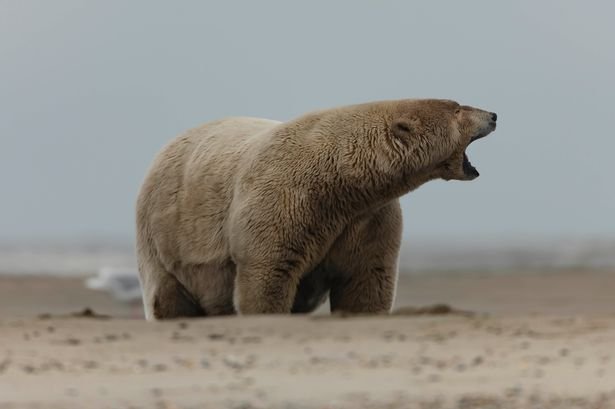
It’s worth noting that Fat Albert isn’t the largest polar bear ever recorded — that title belongs to a 1,000-kilogram (2,200-pound) giant taken in Alaska back in 1960. But in today’s world, where climate change often leaves polar bears looking gaunt, Albert’s sheer size feels almost unbelievable. He became a symbol of resilience, showing that with enough food (and a little help from humans), a polar bear can still thrive in the modern Arctic. Tourists even started arriving in Kaktovik hoping to catch a glimpse of him, turning the once-sleepy village into a wildlife photography hotspot.
Fat Albert’s Place in Polar Bear Lore
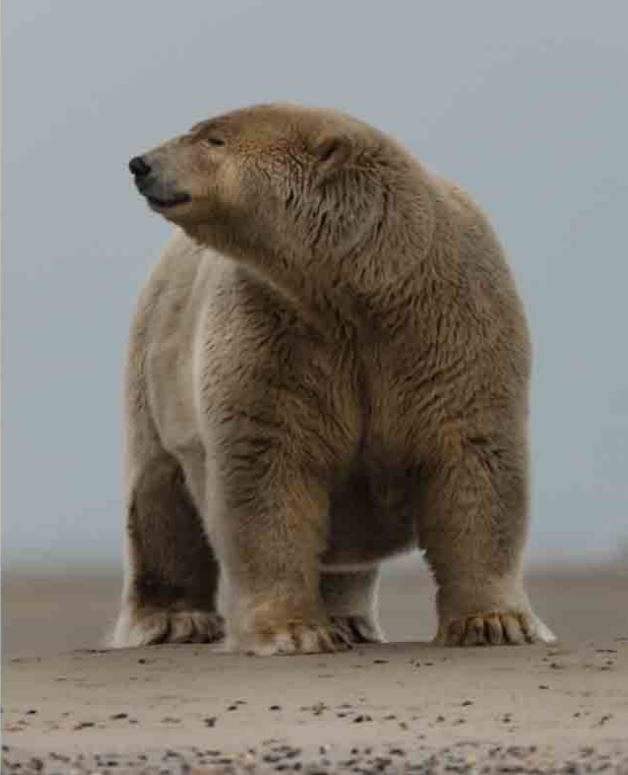
Fat Albert may no longer roam the spotlight as he once did, but his story remains part of Arctic lore. He embodies both the charm and challenge of living in the far north: a community that respects traditions, a species fighting for survival, and one unforgettable bear who got a little too used to whale blubber. His photos still make the rounds online, and he continues to spark conversations about how humans and wildlife coexist in a rapidly changing world. One thing’s for sure — in Kaktovik, the legend of Fat Albert lives on..

Hi, I’m Andrew, and I come from India. Experienced content specialist with a passion for writing. My forte includes health and wellness, Travel, Animals, and Nature. A nature nomad, I am obsessed with mountains and love high-altitude trekking. I have been on several Himalayan treks in India including the Everest Base Camp in Nepal, a profound experience.

